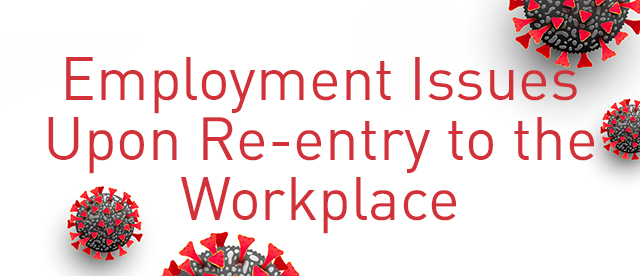Webinar: Insurance Coverage for COVID-19 Losses – Five Things to Know and Do
- When: May 6, 2020

On May 6, 2020, Weintraub attorneys Charles Post and James Kachmar held a straightforward discussion of insurance coverage issues and potential insurance company responses to business interruption and other claims arising from COVID-19. This program discussed the peculiarities of common policy language and coverage issues; provided a preview of possible responses from insurance companies to such claims; and explained pending legislation and court cases regarding insurance issues due to COVID-19. The webinar was focused on educating small businesses in evaluating, preparing, and possibly resolving claims with their insurance companies for COVID-19 losses.
A recording of this webinar can be viewed on the Weintraub Tobin YouTube page. Please keep in mind that this is a fluid situation and information is constantly being updated. We recommend that you check with your professional advisors to make sure you have the most current information.


